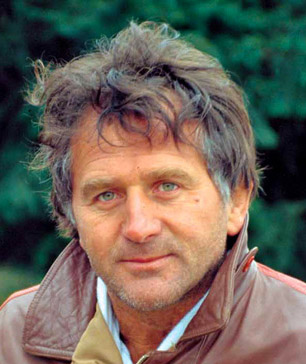Kiro Urdin – Artistic Founder of Planetarism Movement
Planetarism is a movement which comprisess of paintings, film, dance, video, photography, literature, philosophy and design.

Kiro Urdin’s insatiable curiosity and his appetite for exploring have taken him to five continents, so as to paint, in each country visited, the same immense canvas: 48 sq. m., eight meters by six, split into two parts of 24 m2. It was unrolled at each stop, sometimes placed on a stretcher. Overwhelmed by the impressive nature of his environment, the ancient cultures and the unequalled riches of the world heritage, Kiro has covered his canvas as a symbol of his taking possession. Drunk with centuries-old fragrances and companionship of people from every race, faced with temples, and landscapes from all four corners of the world, he translated his circumstantial emotions. For two and a half years, dealing with problems, which would have been insurmountable for most of us, he filled his fresco with the spoils of his remembered images in situ, and with the breath of his sensitive thoughts. From Skopje, the cradle of all births, to the cannibals of Mindoro, from Kheops to the Pre-Columbian sites of Machu Picchu, from the Masai in Kenya to the Forbidden City of Peking, from Jerusalem where, upon hearing of the birth of his daughter Donna, he kissed the tomb of Christ and immolated, in fire, a large piece of the canvas to New York and Tokyo, and through all great European capitals, he travellled his long mystical journey under the banner of love and in search of his own limits.
This exhausting journey, with thousands of episodes and repeated perils, on a scale determined only by his lack of measure, was undertaken by Kiro obstinately, almost devotedly, his canvas on his back, in all weathers, frequently employing unusual means of transport, aiming only at infinity in his quest and at blossoming of his serenity. He has brought back a synthesis haloed by memory and affect, woven from unattained dreams and fulfilled hopes, whose recipient, in other words, the canvas, was endlessly reworked as a dream of knowledge and of freedom finally materialized.
A hymn to happiness, an act of love, this work, bearing the title Planetarium – one point everywhere, everything in one point, and condensed in a remarkable short movie, nowadays belongs to the company Neways Electronics International in Holland, and decorates its entrance lobby with its blue background, an allusion to the cosmos, against which play the trances of his forms and signs like a promise of universal joy. It was a unique experience, a turning point in my life, an adventure out of the norm, says Kiro.
At this stage, no matter how far back the analysis reaches, Kiro Urdin’s work is an affirmation of an authority without a decisive break. Consisting of flesh and blood, it describes man in painstaking details; his solitude, his melancholy, his nostalgia and incommunicability. But the man only aspires to light and to a peaceful world. And if Kiro’s work lingers in the unconscious of people and things, this has to do with the contradictory fluxes in his sumptuous vital energy, in service of one superior reality. After many turbulences, every exhibition adding a new height to his reputation, Kiro Urdin, like James Joyce, remains that tender and wild individualist, whose conquering of the artwork, resisting new fashions and labels, resonates deep inside us long afterwards.
Gerard Xuriguera
































